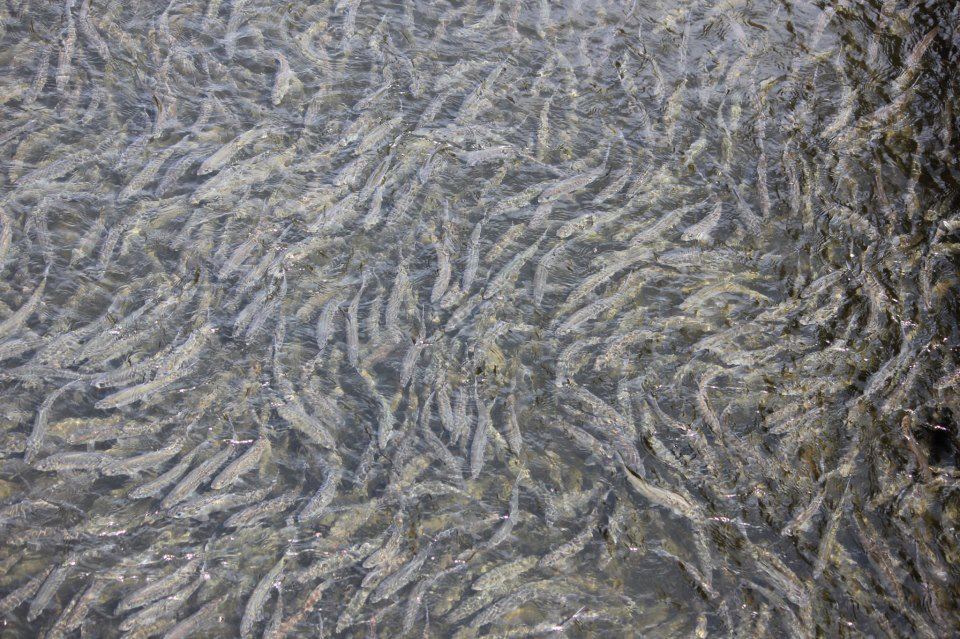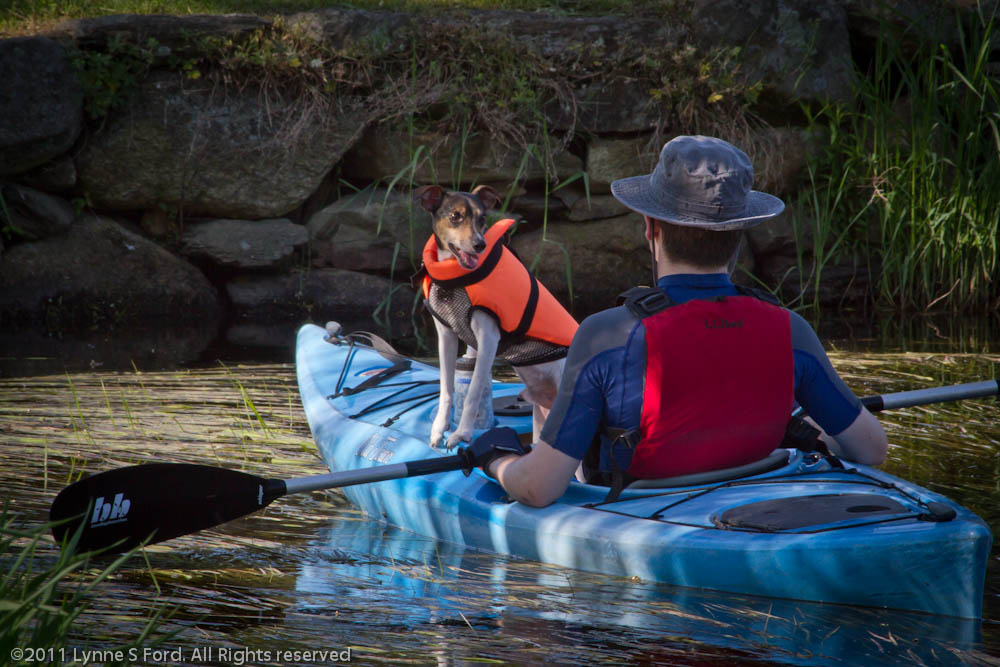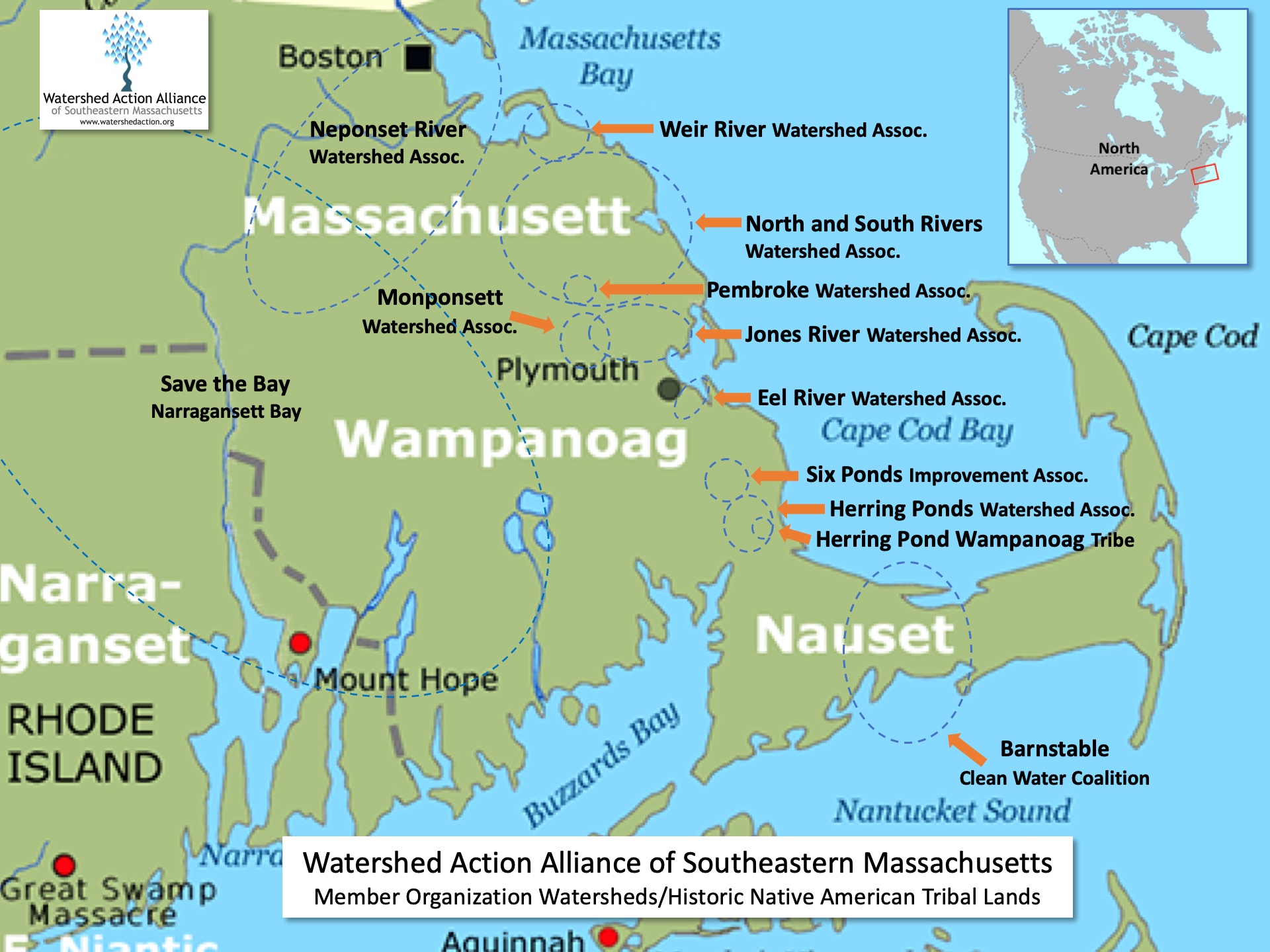There is little as exciting as witnessing the amazing spectacle of the annual spring herring run! You can watch and contribute to science by counting herring as they swim upstream from the ocean to freshwater in our streams and rivers to spawn in spring. Many volunteers are needed. Click on your river of interest and you will be redirected to a website with more information or to an email address to request more information. And, have fun! Watching this natural spectacle is an awe-inspiring experience.
Barnstable -- Marston Mills River
Bourne (and Plymouth) -- Great Herring Pond
Duxbury -- This email address is being protected from spambots. You need JavaScript enabled to view it.
Hingham -- Weir River
Kingston -- Jones River
Marshfield -- South River at Veteran’s Memorial Park fish ladder
Pembroke -- Herring Brook at Upper Mill Pond fish ladder
Plymouth -- Town Brook
Plymouth (and Bourne) -- Great Herring Pond
Scituate -- First Herring Brook at the Old Oaken Bucket fish ladder
Scituate (North) -- Bound Brook at Mordecai Lincoln Road
Third Herring Brook at Tiffany Road (former Tack Factory Dam) and River Street/Broadway









